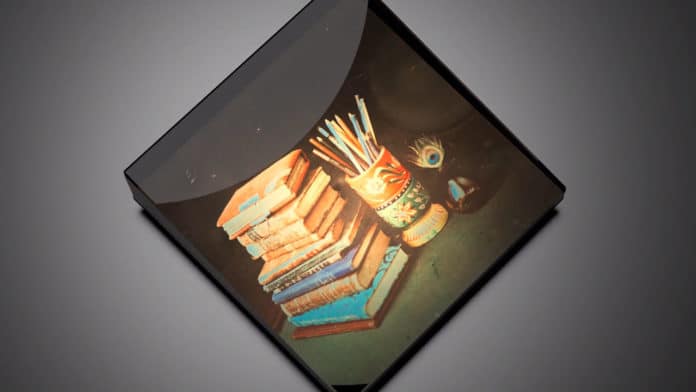Museums hide several treasures locked in the vaults. It offers scientists some of the original pieces of art from the ancient era.
Recently, a group of researchers from EPFL‘s Audiovisual Communications Laboratory in the School of Computer and Communication Sciences (IC) accessed some of the original photographic plates and images of the scientist and inventor Gabriel Lippmann.
In 1908, Lippmann won Noble Prize in physics for developing a method for reproducing colors in photography.
Unlike other photographic techniques that take three measurements: red, blue, and green, scientists found that Lippmann’s historical approach typically captured 26 to 64 spectral samples of information in the visible region. His technique mainly relied on the same interference principles that recently enabled gravitational waves to be detected.
Gilles Baechler, one of the paper’s authors, said, “These are the earliest multi-spectral light measurements on record, so we wondered whether it would be possible to recreate the original light of these historical scenes accurately. Still, the way the photographs were constructed was very particular, so we were also really interested in creating digital copies and understanding how the technique worked.”
There were distortions found in the multi-spectral images reflected from a Lippmann plate. However, the reproduced colors looked accurate to the eye.
When they examined the entire spectrum reflected from a Lippmann plate and compared it to the original, they measured several inconsistencies, many of which have never been documented, even in modern studies.
Baechler said: “We ended up modeling the full process from the multi-spectral image that you capture, all the way to recording it into the photograph. We were able to capture the light reflected back from it and measure how it differed from the original. So, could the team replica century-old light?”
“With the historic plates, there are factors in the process that we cannot know, but because we understood how the light differed, we could create an algorithm to get back the original light that was captured. We were able to study invertibility; given a spectrum produced by a Lippmann photograph, we know it is possible to undo the distortions and reconstruct the original input spectrum. When we got our hands dirty and made our plates using the historical process, we were able to verify that the modeling was correct.”
According to scientists, Lippmann’s photographic technique can inspire new technological developments this century.
The paper is just published in the Proceedings of the National Academy of Sciences (PNAS).
